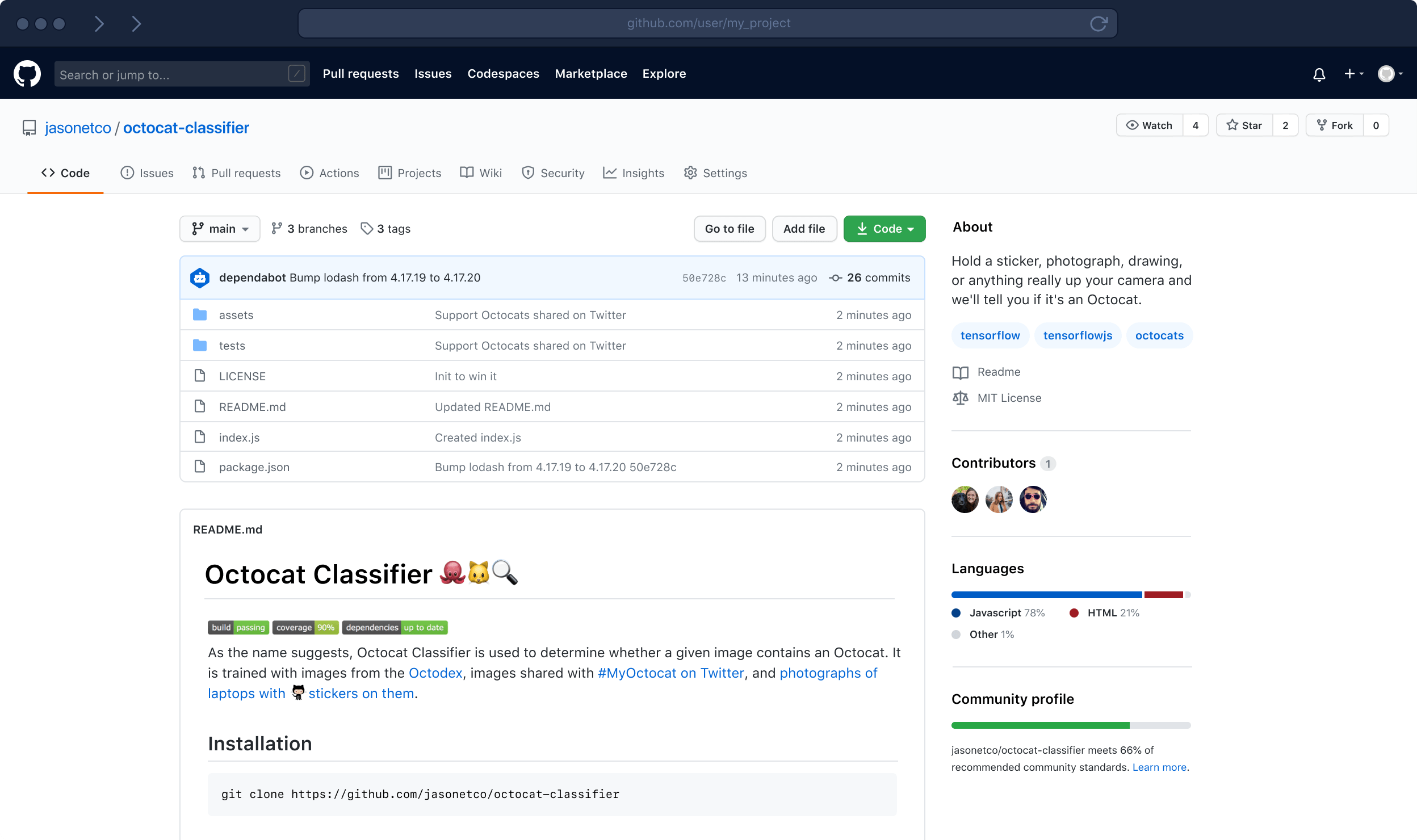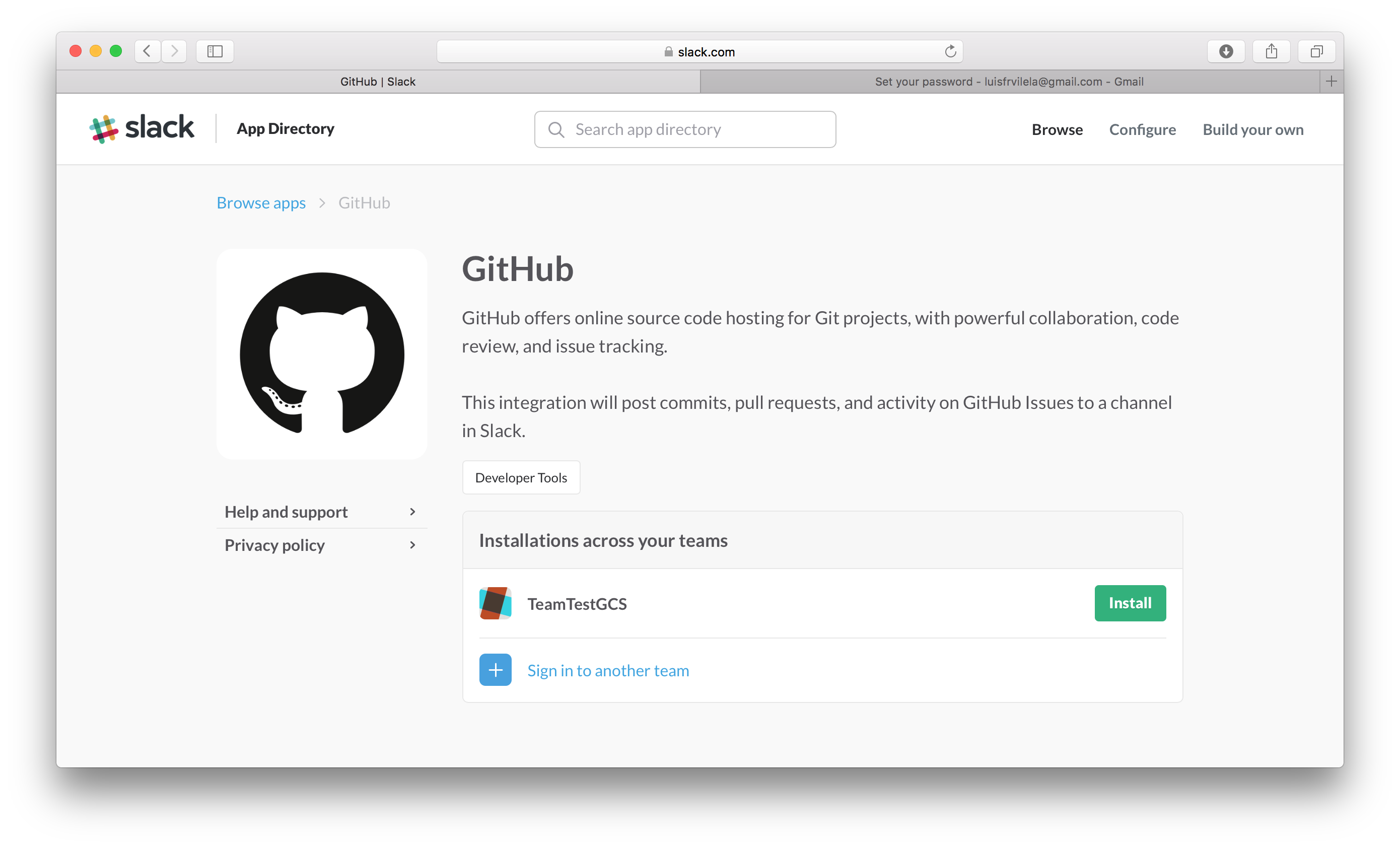GitHub has revolutionized collaboration and version control for software development. Whether you’re a seasoned developer or just starting in the tech world, understanding GitHub is essential. This guide will walk you through its origins, features, and why it’s indispensable in modern software development.
Why GitHub Matters
GitHub isn’t just a platform; it’s a cornerstone of modern software development practices. It allows developers to collaborate seamlessly, track changes, and manage projects efficiently. But before we delve into its functionalities, let’s explore its origins and evolution.

The History of GitHub
GitHub was founded in 2008 by Tom Preston-Werner, Chris Wanstrath, PJ Hyett, and Scott Chacon. It emerged at a time when the need for efficient code collaboration and version control was paramount in the software development community. Initially built on top of Git, an open-source version control system created by Linus Torvalds in 2005, GitHub quickly gained popularity for its user-friendly interface and robust features.
Understanding Git vs. GitHub
Git is a distributed version control system designed for tracking changes in source code during software development. GitHub, on the other hand, is a web-based hosting service for Git repositories. It provides a graphical interface and tools to facilitate collaboration and project management.
Key Features of GitHub
- Repositories: A repository (repo) is where all project files and histories are stored. It allows multiple contributors to work on the same project simultaneously.
- Branching and Merging: Developers can create branches to experiment with new features or make changes without affecting the main codebase. Merging allows these changes to be incorporated back into the main branch.
- Pull Requests: A pull request (PR) is a proposed change to a repository submitted by a user. It allows project maintainers to review and discuss the proposed changes before merging them.
- Issues and Labels: GitHub’s issue tracking system helps manage tasks, bugs, and feature requests. Labels categorize issues to prioritize and organize work effectively.
- Collaboration Tools: GitHub provides tools like wikis, project boards, and discussions to facilitate communication and project management within teams.

GitHub in Education
GitHub is widely used in educational settings to teach version control, collaboration, and software development best practices. Many universities and coding bootcamps integrate GitHub into their curriculum to prepare students for real-world development environments.
GitHub for Open Source Projects
One of GitHub’s greatest strengths is its support for open-source software development. It hosts millions of open-source projects, enabling developers worldwide to contribute, learn, and improve software collaboratively.
GitHub Enterprise and Business Applications
GitHub offers enterprise solutions tailored for organizations that require additional security, compliance, and administrative controls. GitHub Enterprise allows companies to host their repositories on private servers while maintaining the collaborative benefits of the platform.
GitHub and Community Engagement
Beyond its technical functionalities, GitHub fosters a vibrant developer community. Developers can discover projects, contribute to their favorite tools, and showcase their work to potential employers.
Conclusion: Embracing GitHub for Future Success
In conclusion, GitHub has transformed the way developers work, collaborate, and innovate. Whether you’re a student learning the basics of version control or a seasoned developer managing complex projects, GitHub offers tools and resources to streamline your workflow and enhance productivity.
Additional Resources
For further reading on GitHub and its applications:






